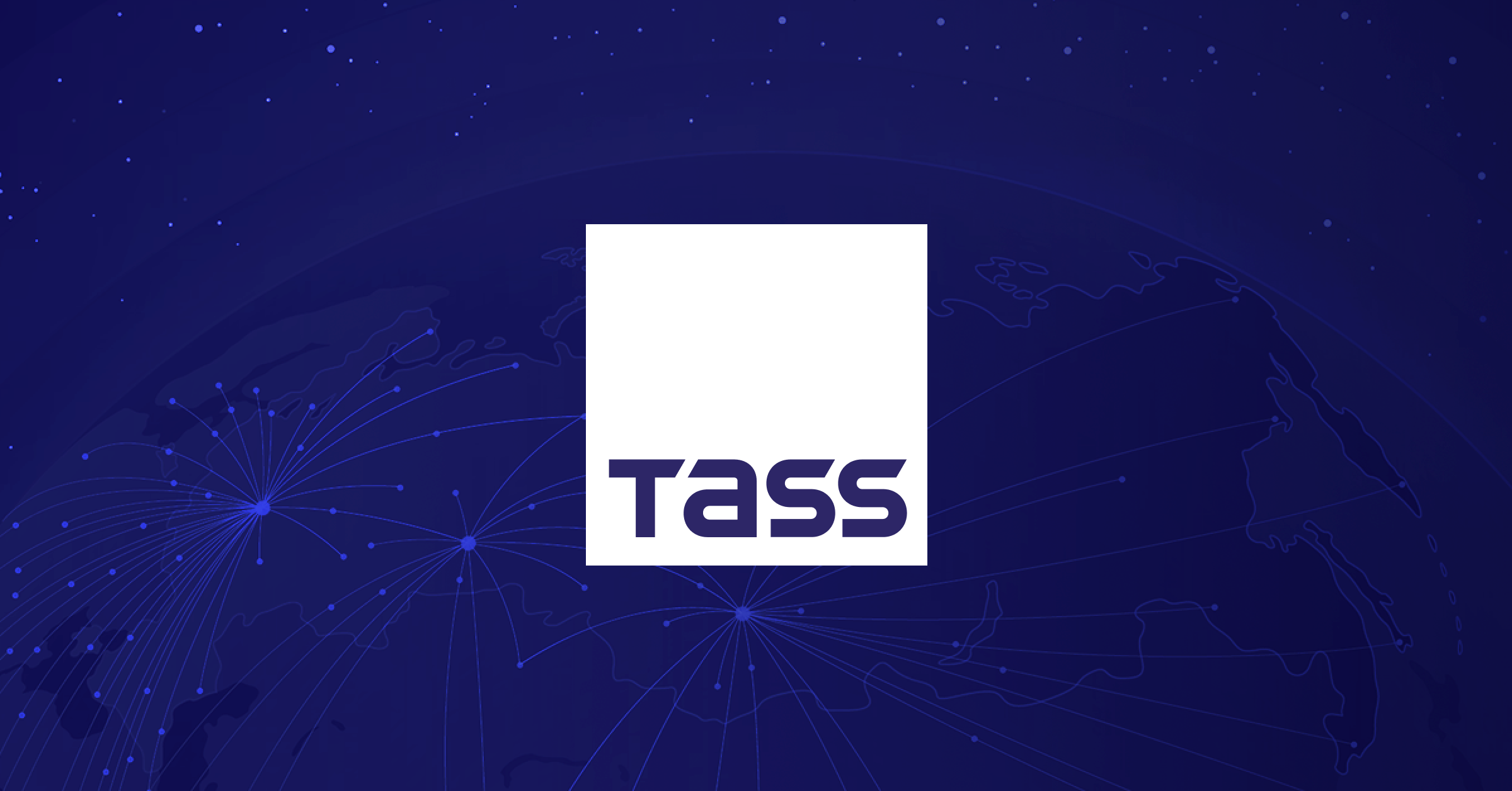

The trade turnover between Russia and India has experienced remarkable growth, increasing sevenfold over the last five years. This surge highlights the strengthening economic ties between the two nations, with India now ranking among Russia's top three largest foreign trade partners.
Key Drivers and Contributing Factors
Several factors have contributed to this exponential growth. A primary driver has been the increased import of Russian crude oil by India, particularly following disruptions in traditional supply chains. With much of the West shunning Russian crude, Russia began offering discounts, and now provides approximately 40% of India's oil needs. This has led to a significant increase in Russian exports to India, with oil and petroleum products constituting a major portion.
Diversification of Trade
While energy resources remain a dominant component of Russian exports to India, there is a notable expansion in the range of goods traded between the two countries. Russia's First Deputy Prime Minister, Denis Manturov, noted that in addition to energy, Russia now exports mineral fertilizers, metallurgical and forestry products, diamonds, energy equipment, and foodstuffs to the Indian market. Key Indian exports include agri-products, chemical products, pharmaceuticals, iron and steel, and machinery.
Bilateral Trade Figures
Bilateral trade between India and Russia reached a record high of $68.7 billion in the financial year 2024-25. This figure is nearly 5.8 times higher than the pre-pandemic trade of $10.1 billion. In 2021, bilateral trade in services totaled $1.021 billion, with a trade balance favoring Russia. While bilateral trade in goods between India and Russia has increased more than five-fold from USD 13 billion in 2021 to USD 68 billion in 2024-25, the trade imbalance has widened significantly.
Geopolitical Context and Challenges
The strengthening of India-Russia trade relations occurs amidst a complex geopolitical landscape. Pressure from the U.S., in the form of additional tariffs on imports from India, is aimed at reducing India's economic ties with Russia. The U.S. has imposed tariffs and penalties on India for buying crude oil from Russia. However, India has maintained its position on prioritizing its energy security and the right to choose trade partners.
Future Prospects
Both India and Russia have set ambitious goals for future trade and investment. The two sides expect to reach a bilateral trade target of $100 billion by 2030. To further boost trade and economic cooperation, India and the Eurasian Economic Union (EAEU), which includes Russia, have signed terms of reference to launch negotiations on a Free Trade Agreement (FTA). The proposed FTA is expected to expand market access for Indian exporters, support diversification into new sectors, and enhance competitiveness.
Addressing Trade Imbalance
Despite the impressive growth in trade turnover, the widening trade imbalance remains a concern. India's External Affairs Minister, S. Jaishankar, has emphasized the need to address this issue urgently. The imbalance has grown from $6.6 billion to $58.9 billion, nearly nine times. Finding ways to increase Indian exports to Russia and diversify the trade basket will be crucial in ensuring a more balanced and sustainable trade relationship.